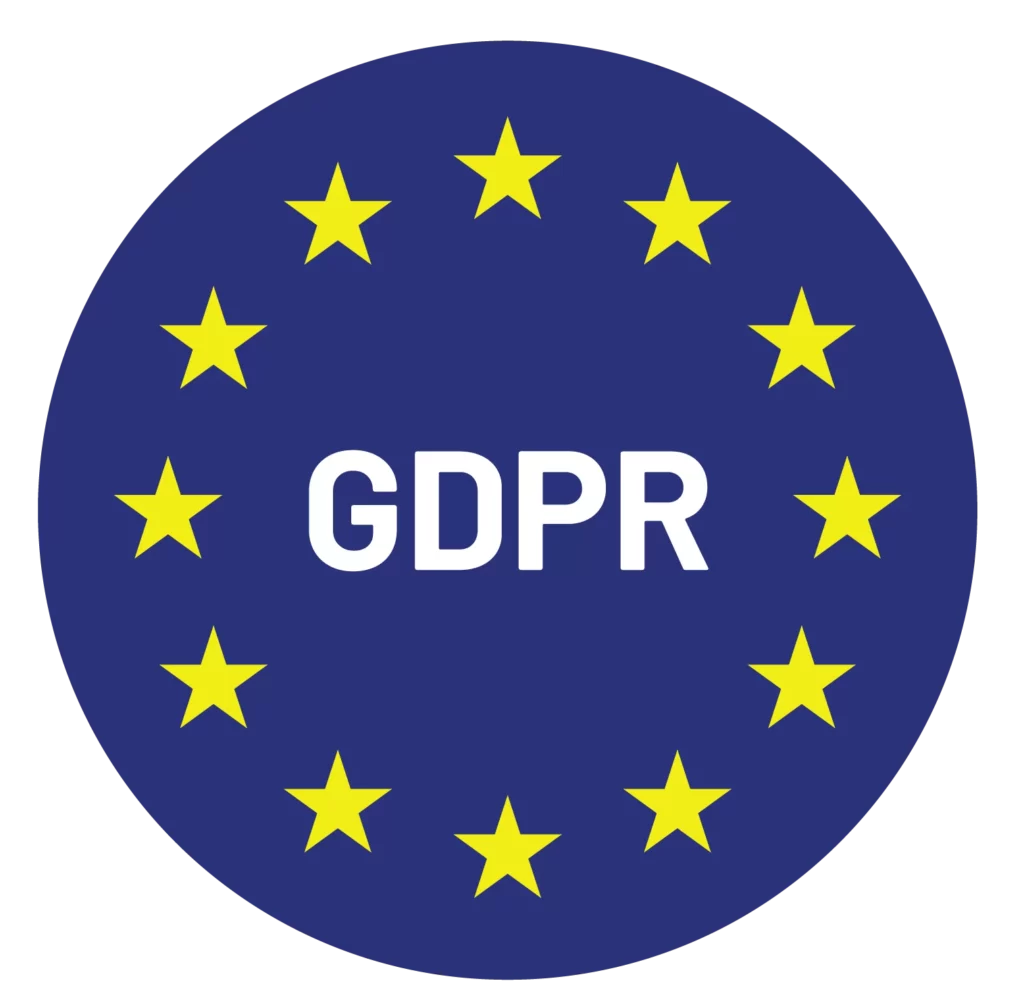As a relationship coach, your primary goal is to help individuals and couples navigate the challenges and complexities of their relationships while fostering personal growth and connection. One key aspect of running a successful coaching engagement is effective communication and documentation. Utilizing the right forms can streamline your coaching process, enhance client experience, and protect both you and your clients.
In this article, we’ll explore essential coaching forms that every relationship coach should have, as well as how to create your own coaching form template, to run a successful coaching engagement.
5 essential forms that every relationship coach should have
1. Client intake form
The client intake form is the first step in any coaching engagement. It serves as a foundation for understanding your client’s background, expectations, and specific concerns. This coaching form template typically includes:
- Personal information: Collect the client’s name, contact details, and any relevant demographics.
- Relationship status: Determine whether the client is single, in a committed relationship, married, divorced, etc.
- Current relationship challenges: Ask open-ended questions to uncover the client’s primary concerns and goals.
- Previous coaching experience: Inquire about any previous experience with relationship coaching or therapy.
- Consent and agreement: Include a section where the client acknowledges and agrees to the terms of your coaching engagement, confidentiality, and payment policies.
The client intake form helps you gain valuable insights into your clients’ needs, allowing you to tailor your coaching approach accordingly.
2. Informed consent and confidentiality agreement
Before commencing any coaching sessions, it is crucial to establish trust and transparency with your clients. An informed consent and confidentiality agreement clarifies the roles and responsibilities of both parties. This form should include:
- Explanation of coaching: Clearly outline what coaching entails, including its purpose, methods, and potential outcomes.
- Confidentiality clause: Emphasize the importance of maintaining client confidentiality, assuring them that their personal information will be handled with the utmost care and won’t be disclosed without their consent.
- Boundaries and limitations: Define the boundaries of your coaching relationship, making it clear that coaching is not a substitute for therapy or other professional services.
Obtaining a signed informed consent and confidentiality agreement ensures that both you and your clients are on the same page regarding the coaching process.
3. Relationship assessment questionnaire
The relationship assessment questionnaire is a powerful tool for evaluating the strengths and areas of improvement within your clients’ relationship. This form can be filled out individually by each partner in a couple or by individuals seeking to improve their relationship skills. It should include:
- Communication styles: Assess how well the clients communicate with each other and identify any potential communication barriers.
- Emotional intelligence: Measure emotional awareness, empathy, and emotional expression within the relationship.
- Conflict resolution: Evaluate the clients’ ability to handle conflicts constructively and find mutually beneficial solutions.
- Love languages: Identify the primary love languages of each partner to enhance emotional connection and intimacy.
- Relationship satisfaction: Have clients rate their overall satisfaction with the relationship and identify areas for growth.
The relationship assessment questionnaire allows you to identify specific areas that need focus and tailor your coaching sessions accordingly.
4. Goal setting and action plan
After identifying the clients’ concerns and assessing their relationship dynamics, it’s time to set achievable goals and create an action plan. The goal setting and action plan form should include:
- Specific goals: Work with your clients to set clear and realistic objectives they want to achieve through coaching.
- Actionable steps: Collaboratively develop actionable steps to work towards those goals, breaking them down into manageable tasks.
- Timeline: Set a timeline for achieving each goal, ensuring accountability and progress tracking.
- Support and resources: Discuss the support and resources that the clients might need during their coaching journey.
The goal setting and action plan form provides a roadmap for your coaching sessions and allows your clients to monitor their progress.
5. Session summary and feedback
Documenting each coaching session’s key takeaways and providing feedback is vital for ongoing development and improvement. The session summary and feedback form should include:
- Session highlights: Outline the main topics discussed during the session and the progress made.
- Action plan review: Review the action plan and discuss the clients’ commitment to completing the agreed-upon tasks.
- Challenges and breakthroughs: Address any challenges encountered and celebrate breakthroughs achieved during the session.
- Client feedback: Encourage clients to share their thoughts on the coaching process and offer suggestions for improvement.
By providing session summaries and seeking feedback, you demonstrate your dedication to your clients’ growth and success.
How to create your own relationship coaching forms
1. Understand the form’s goal:
A session summary & feedback form, for example, has the clear goal of helping your client reflect and helping you gather feedback so you can course correct in the enxt session if needed. Having these intentions in mind when creating your session summary & feedback form will help you stay to-the-point.
2. Define form sections and questions:
If you have a lot of information to gather in one form, break it down into sections based on the information you want to gather. For example, in your client intake form, you may have sections for basic information, challenges, previous coaching experience, etc. Keep the questions clear, concise, and relevant to the coaching objectives.
3. Choose the format:
Decide on the format of your coaching form template. You can create digital forms using tools like Google Forms, Microsoft Word, or Adobe Acrobat, or you may prefer to use pen-and-paper forms for in-person sessions. Digital forms are often more convenient for remote coaching as they can be easily shared and completed online.
Moreover, platforms such as Simply.Coach allow you to create forms, share them with clients, and keep them stored in a single ‘repository’ against each client’s profile, easily available at the click of a button on any device.
4. Incorporate open-ended questions:
Include open-ended questions in your forms to encourage clients to provide thoughtful and detailed responses. Open-ended questions facilitate deeper reflection and allow you to gain a more comprehensive understanding of your clients’ perspectives and emotions.
5. Ensure clarity and simplicity:
Make sure your forms are easy to understand and user-friendly. Use clear language and simple formatting. Avoid technical jargon or complicated sentence structures that might confuse clients.
6. Add a consent and confidentiality section:
Include a section in your forms where clients can give their informed consent and agree to your confidentiality policy. This ensures that clients understand the coaching process and are comfortable sharing personal information with you.
7. Add brand elements:
You need not make your forms look professionally designed, but you need to use your brand colours and add your brand logo to help create a completely proprietary experience for clients. Hold off on this until you’re done creating the questions and sections so you can use your colours to highlight effectively and keep the attention on the content.
8. Test and revise:
Before implementing the forms in your coaching practice, test them yourself or with a small group of clients to identify any areas that may need improvement. Gather feedback and make revisions as needed to enhance the forms’ effectiveness.
9. Store and organize forms:
Once your coaching forms are ready, create a system to store and organize them securely. If you’re using digital forms, ensure that the data is protected and backed up regularly.
10. Train clients on form usage:
If necessary, provide guidance to your clients on how to fill out the forms properly. Explain the purpose of each section and answer any questions they may have.
Conclusion
Running a successful coaching engagement as a relationship coach requires organization, effective communication, and proper documentation. By implementing these five essential forms – the client intake form, informed consent and confidentiality agreement, relationship assessment questionnaire, goal setting and action plan, and session summary and feedback form, you can create a structured and productive coaching experience for your clients. These forms will not only streamline your coaching process but also facilitate personal growth and transformation within your clients’ relationships. Remember, open and honest communication combined with clear documentation lays the foundation for a successful coaching journey.
FAQs
1. Which are the must-have relationship coaching forms?
A coaching intake form, informed consent and confidentiality agreement, relationship assessment questionnaire, goal setting & action plan, and session summary and feedback form are much-have coaching forms for any relationship coach.
2. How do you create coaching forms?
Creating a coaching form can be as simple as drawing up a document and printing it, however, digital forms are the way to go today. You can use tools such as Google Forms to create your coaching forms, or a digital coaching platform such as Simply.Coach that comes with in-built coaching form templates, allows you to create your own from scratch, and then share it with clients, collect responses, and create reports. You need to have your objectives and questions at hand when creating a coaching form.
About Simply.Coach
Simply.Coach is an enterprise-grade coaching software designed to be used by individual coaches and coaching businesses. Trusted by ICF-accredited and EMCC-credentialed coaches worldwide, Simply.Coach is on a mission to elevate the experience and process of coaching with technology-led tools and solutions.
Read More:
All You Need to Know About Meta Model Questions
5 Digital Coaching Tools for Coaching Success [& How to Pick One]
All About: Impact Assessment Coaching Tools
Emotional Audit: A Powerful Coaching Tool to Help Clients Regulate Their Emotions
Marshall Goldsmith’s Daily Questions Can Help Your Clients Lead More Satisfied Lives
Using the Vision Board Exercise to Help Your Clients Manifest Their Dreams

Content Marketing Consultant @ Simply.coach
Vaidehi is a content marketing consultant with a decade’s experience handling over 80 brands and multiple award-winning campaigns under her belt. When not working, you’ll find Vaidehi spending time with family, binge watching Netflix shows, and baking.









